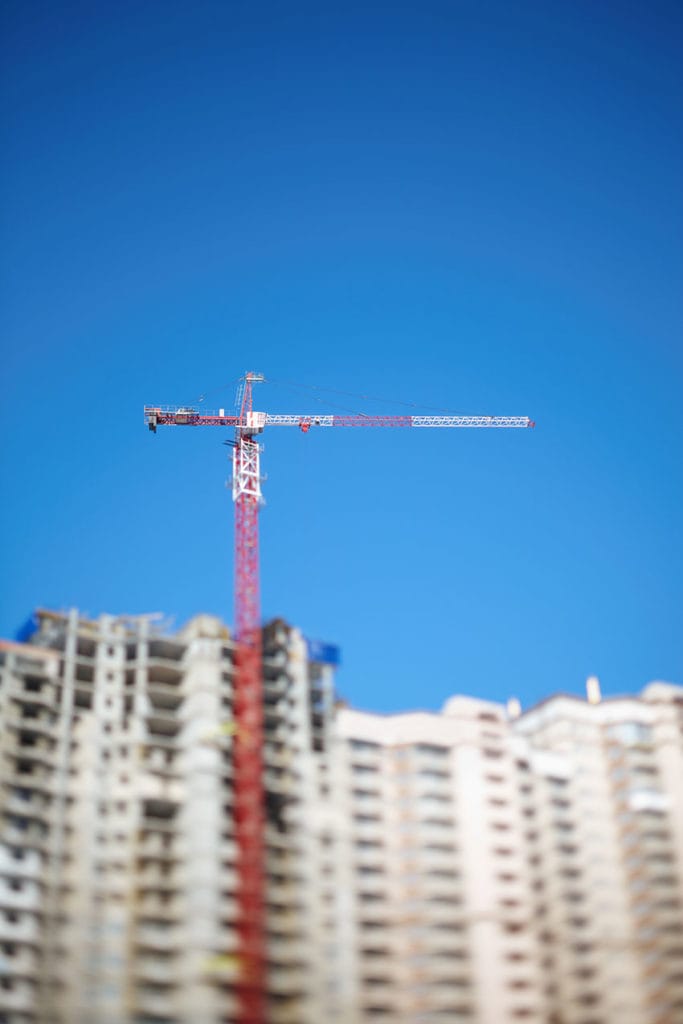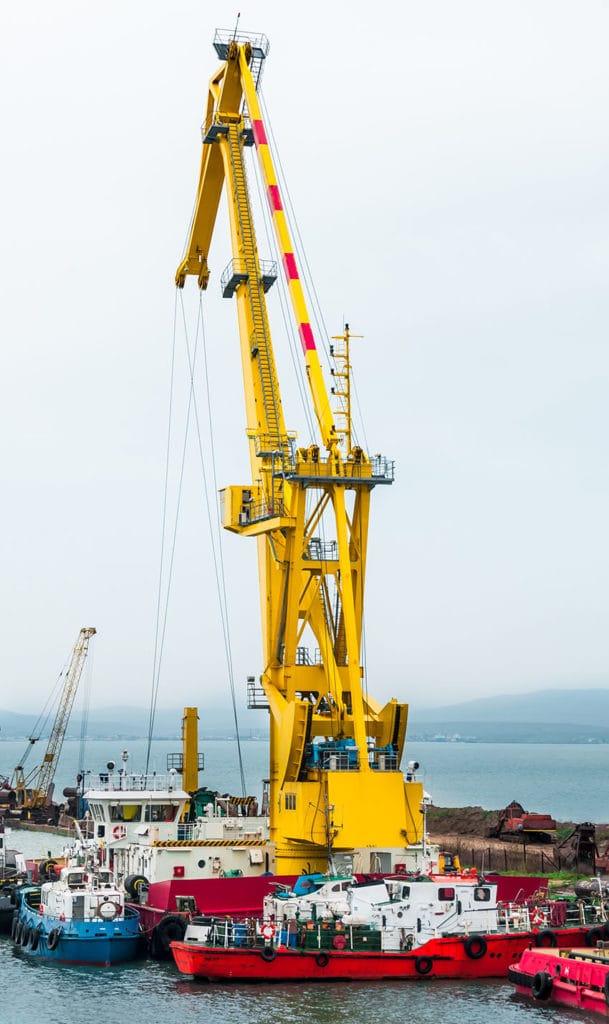Cranes are designed to lift and shift extremely heavy loads. While there are several different types of cranes out there engineered to perform different types of jobs, there is always a risk of something going seriously wrong. There have been many incidents in the past where accidents have resulted in the loss of human life. So, let’s take a look into some important crane lifting hazards and managers, operators, and crane rentals can prevent them.
Falling Loads
While working with overhead cranes, falling loads is one of the most common problems that could lead to serious consequences. Since there are humans working on the ground and the site is usually surrounded by expensive items, an overhead crane dropping a load can do serious damage.
There are several reasons contributing to falling loads. To begin with, it could be that the operator is inexperienced and does not know how to handle the load. At the same time, the employees should also be adequately trained to carry out their roles competently.
Furthermore, it could also be a mechanical failure such as the boom or hydraulics giving up. This usually takes place when regular inspections and maintenance are ignored. Some states have strict regulations pertaining to cranes and how they should be taken care of to ensure safe and secure lifting and transportation.
Electrical Hazards
It is estimated that almost 50% of the accidents involving overhead cranes take place due to electrical hazards. While using an overhead crane, the manager and operator need to ensure there is no power source in the way of the crane. If the crane needs to be driven through narrow streets or busy residential areas, you may need a special permit that allows you access.
At the same time, if the crane happens to touch a nearby power source, the team working on the ground may face the brunt as well. Therefore, it is extremely important to pre-plan the route of the crane so that anything that could lead to a potential disaster could be avoided.
Crane Overload
Every crane is designed to lift loads of a specific weight. This means that every crane has a limit when it comes to loading and unloading. However, some contractors and operators tend to ignore this basic factor. Loading a weight that exceeds the limit of the crane is going to make the crane wear faster than usual.
While loading the crane, the team on the ground needs to make sure the load is secured to the machine. On the other hand, the operator needs to keep in mind that lifting a load heavier than the manufacturer’s recommendation can cause structural stresses.
Crane Safety Tips
Operating cranes is all about safety and security. Since these are heavy machines dealing with extremely heavy loads throughout the day, the damages could be irreversible. Therefore, it is important to train all your employees and make sure that you opt for the right crane for the right job.
The employees for your constructions project should have adequate knowledge and experience when it comes to working around cranes and should abide by the safety and security protocols. Plus, you should update your team’s knowledge and continuously train them to reduce the risk of injuries, fatalities, etc.
Moreover, ensure a supervisor is present on-site at all times to overlook the process. Sometimes, due to work pressure, the employees may lose focus, which can lead to serious accidents. Therefore, with a supervisor on-site, the chances of anything going wrong are relatively less.
Do Cranes Require Professional Inspection?
Yes, several states have local bodies that overlook the operation of cranes along with their structural health to ensure safety and security. In addition to the contractor performing an inspection of the cranes, experts employed by the state also perform a thorough crane inspection and go through the maintenance records of the cranes.
If they find anything that is not according to the law, the contractor can easily end up in a legal battle, wasting a sufficient amount of time and money. On the other hand, professional inspections always keep the construction and other sites relatively more secure by keeping a strict eye on the processes involving cranes.
Final Word
Concluding, crane accidents can be easily avoided by properly planning and implementing safety rules at the site. Plus, most crane accidents are a result of human error, which makes it important for crane services DC and on-site managers to follow the industry codes.


